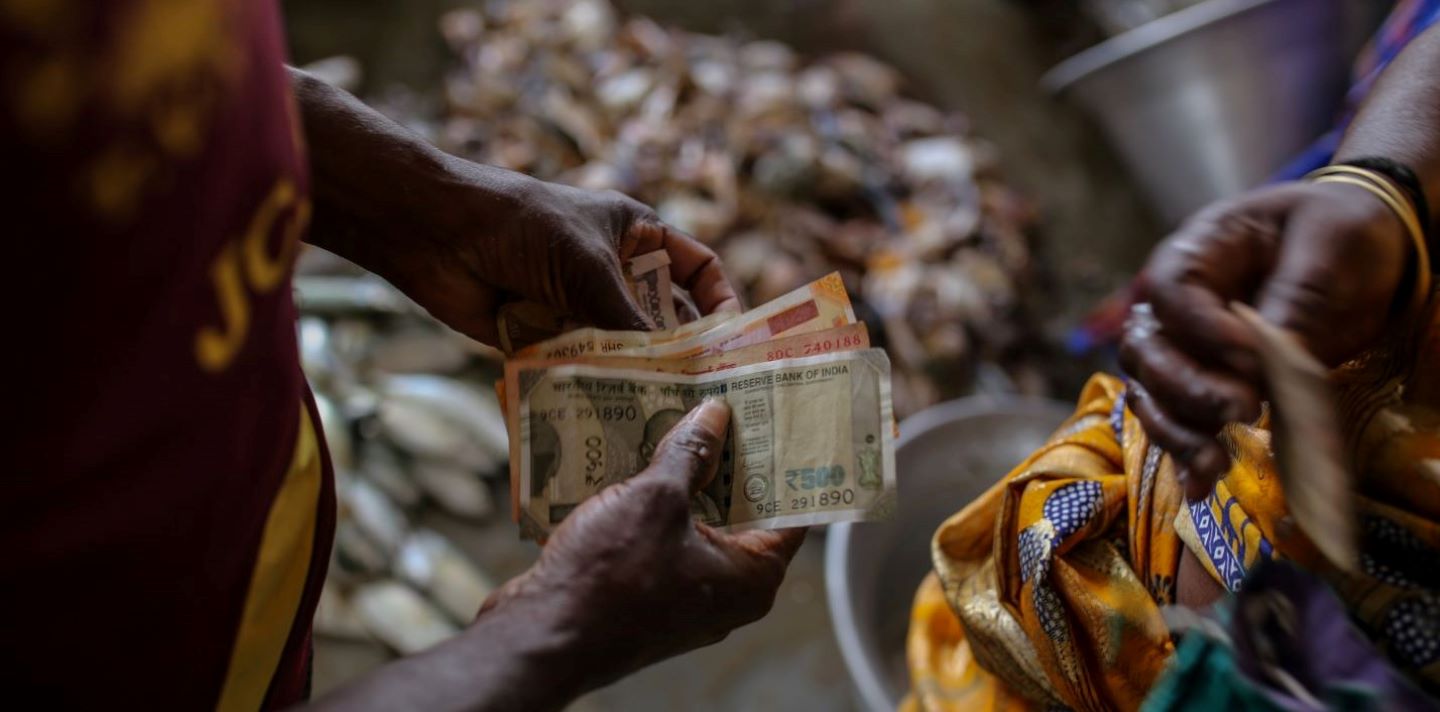
14 reasons why remittances are important
Estimated reading time: 2 minutes

Every year on 16 June, the global community observes the International Day of Family Remittances. This day raises awareness of the hard work of millions of migrants who support their families and communities of origin through the money they send back home.
Here are 14 reasons why remittances matter more than ever.
- A staggering one billion people worldwide – about one in eight people – depend on remittances. Every year, 200 million migrant workers send money home and 800 million people benefit from them.
- Even through a pandemic and political instability, remittance flows continue to grow. According to the latest World Bank data, remittances to low- and middle-income countries reached US$669 billion in 2023.
- Migrant workers send on average US$200 to US$300 home every one to two months. This represents only 15 per cent of what they earn – the rest stays in their host countries. But what they do send can make up as much as 60 per cent of a household’s total income, representing a lifeline for millions of families.
- Over the last 20 years, remittance flows have grown five-fold, despite the myriad of adverse events that took place all over the world.
- The amount of money sent via mobile transfer increased 65 per cent during 2020 to US$12.7 billion and grew again to US$16 billion in 2021.
- Over 50 per cent of remittances are sent to rural areas, where 75 per cent of the world's poor and food-insecure live.
- About 75 per cent of remittances are used to put food on the table and cover medical expenses, school fees or housing expenses. In times of crisis, migrant workers are likely to send more money home to cover crop losses or family emergencies. The remaining 25 per cent is either saved or invested in assets or activities that generate income and jobs.
- More than 80 countries rely on remittances for at least 3 per cent of their GDP. These countries show that remittances are an engine of socio-economic growth and transformation, particularly for rural areas.
- Remittances can be costly to send but innovations, like blockchain and mobile money, can keep costs down. Currently, currency conversions and fees cost about 6 per cent of the total amount sent – that’s double the target set by the Sustainable Development Goals. In this regard, there’s enormous potential for innovative digital financial services.
- Between 2022 and 2030, an estimated US$5.4 trillion will be sent by migrant workers back to their communities of origin. Of that, around US$1.5 trillion will be either saved or invested.
- Migrant workers make an invaluable contribution to SDGs through remittances and investments. In particular, they contribute to ending poverty and hunger, promoting good health, quality education, clean water and sanitation, decent work and economic growth, and reducing inequalities.
- Strategic partnerships and progress on remittances go hand in hand. Partnerships among public and private sector stakeholders have paved the way for lowering the cost of remittance transfers and provided financial services for migrants and their families.
- Digital remittances can transform rural economies while reducing costs and enabling recipients to track and access funds quickly without having to travel long distances.
- Remittances to rural areas can bolster climate resilience. These financial inflows empower communities to adopt eco-friendly technologies and practices, enhance food security and mitigate climate change impacts. This helps build long-term environmental sustainability and economic stability.
Get involved with the IDFR’s campaign to build resilience.
Learn more about IFAD’s support for migrant workers and their families.
Publication date: 13 June 2024
EIN Presswire does not exercise editorial control over third-party content provided, uploaded, published, or distributed by users of EIN Presswire. We are a distributor, not a publisher, of 3rd party content. Such content may contain the views, opinions, statements, offers, and other material of the respective users, suppliers, participants, or authors.

